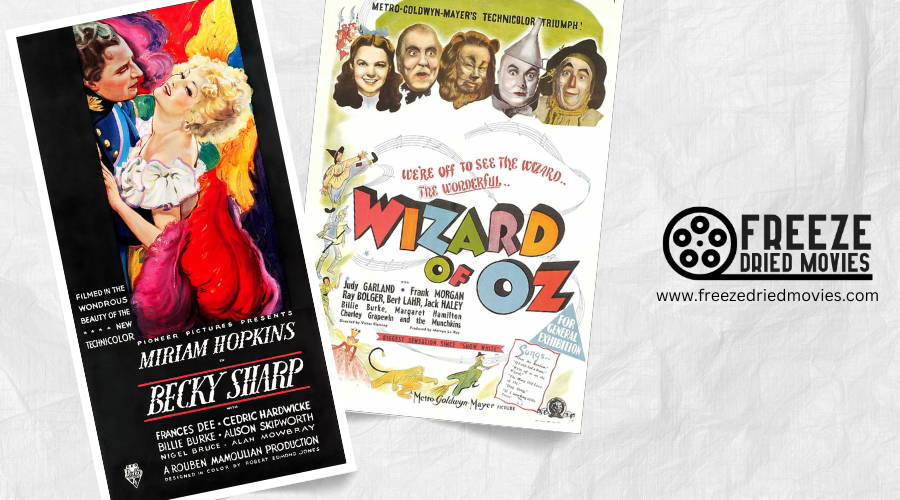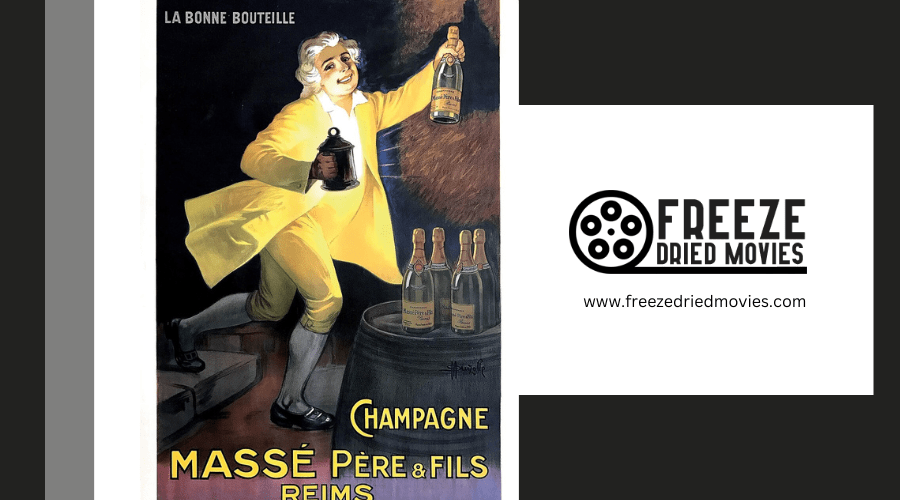What Are the 7 Elements of a Great Movie Poster?

A great movie poster captures attention instantly through bold colors and dramatic lighting, communicates complex themes via meaningful iconography, sparks interest by showing pivotal moments, appeals to both fans and newcomers, maintains visual consistency with the film, works effectively across multiple formats, and creates lasting memorability.
You'll need all seven elements working together to transform a simple advertisement into powerful visual storytelling that drives viewers to theaters. Discover how these elements come together to create promotional magic.
Key Takeaways
- Eye-catching visuals with bold colors and striking imagery immediately grab viewer attention within seconds.
- Clear typography that balances readability with artistic style to effectively communicate title and key information.
- Compelling character representation that establishes emotional connection and conveys the film's tone.
- Strategic composition using visual hierarchy to guide the viewer's eye across essential poster elements.
- Symbolic imagery and subtle storytelling elements that intrigue viewers without revealing too much of the plot.
What Are the 7 Elements of a Great Movie Poster?
Every remarkable movie poster harnesses specific design elements that transform it from mere advertising into enthralling visual art. The cornerstone of effective poster design includes attention-grabbing aesthetics—bold colors and flashy graphics that immediately catch your eye in a crowded marketplace.
Great posters feature iconic imagery that subtly conveys themes and plot without spoiling the experience. They create viewer interest by presenting intriguing scenes that provide an incentive to see the film. You'll notice successful posters maintain a consistent style that reflects the movie's overall aesthetic and tone.
The best designs achieve dual appeal—speaking to both dedicated fans of source material and newcomers alike. When you examine memorable movie posters, you'll find these elements working in harmony, communicating the film's essence while promising an experience worth your time and money. Similar to how Art Deco style provided audiences with an escapist experience during the Great Depression, compelling movie posters offer a visual promise of entertainment that transcends everyday reality.
Attention: Making Your Poster Jump Off the Wall
Magnetism serves as the fundamental quality of any successful movie poster—it must instantly capture attention in a sea of competing visuals. The AIDA formula emphasizes attention as the vital first step in engaging potential viewers. Your poster design needs striking elements that make it standout from everything else on display.
Compelling posters snag attention first—without this magnetic quality, even brilliant films remain unseen.
Consider how "The Hangover" poster effectively used character head-and-shoulders imagery to immediately grab audience interest. To create a poster that demands attention:
- Use bold, flashy colors and gradients that pop visually
- Feature prominent character imagery that establishes immediate connection
- Incorporate bright lighting techniques to enhance visual impact
- Balance striking imagery with clear messaging that invites closer inspection
Drawing inspiration from 1930s filmmaking, incorporating chiaroscuro lighting techniques can create dramatic contrasts that instantly pull viewers into your poster's narrative.
Iconography: Showing Without Telling
The art of iconography transforms movie posters into visual storytelling devices that communicate volumes without a single explanatory word. When you see a striking close-up shot of a character or a simple graphic representing a key plot point, you're experiencing iconic imagery at work.
This technique excels in conveying complex themes through visual style alone. Take "Jennifer's Body," which borrowed True Blood's aesthetic to immediately establish its supernatural foundation. Strategic spacing, contrast, and carefully positioned imagery create depth while hinting at the story's essence.
Iconography works particularly well for fantasy films, supernatural tales, or psychological thrillers where abstract concepts need visual representation. Similar to how silent horror films created unsettling atmospheres through gray tones and flickering images without the need for dialogue. By combining eye-catching design with meaningful symbols, you'll create a poster that doesn't just attract attention—it communicates your film's soul without explaining a thing.
Interest: Creating an Incentive to See the Film
Why would someone spend money to watch your film? Your poster must create an irresistible incentive that transforms curiosity into ticket sales. Placing the viewer in the middle of a pivotal moment—like Inception's gravity-defying scene—sparks immediate intrigue and anticipation.
Use tension-filled imagery that leaves audiences wondering how situations resolve. Incorporate fantasy/supernatural elements that promise an escape from everyday life. Design with simple color schemes that highlight iconic imagery without overwhelming. Select scenes that thrust the viewer into the action, making them feel part of the story.
Your poster should offer just enough information to hook potential moviegoers while withholding the complete experience. This delicate balance creates the perfect incentive—revealing enough to fascinate while promising much more when they see the full film. During the 1930s, this technique was especially important as the studio system utilized posters strategically to promote their contract stars and build audience anticipation for new sound films.
Appeal: Capturing Both Fans and New Audiences
Successful movie posters perform a challenging balancing act—they simultaneously engage dedicated fans while attracting newcomers to the franchise. Effective movie posters create dual appeal by highlighting features that appeal to both current fans and non-fans alike.
For established franchises, you'll notice a look that's consistent with previous promotional materials and throughout the marketing campaign. The stronger the audience's bond with the series, the more they'll respond to familiar elements and references.
However, the poster must also focus on capturing the attention of potential viewers by showcasing major points of interest that don't require prior knowledge. This delicate balance guarantees the poster doesn't alienate newcomers while still rewarding loyal fans with recognizable elements that strengthen their connection to the film.
Style: Maintaining Visual Consistency With the Film
When creating a movie poster that resonates, visual consistency with the film itself becomes paramount to its success. Your poster serves as the first visual handshake with potential viewers, so it must accurately represent the experience they'll have watching your film.
Movie posters that maintain the same color palette, typography, and visual language as the film create a cohesive brand identity that's instantly recognizable.
- Use the film's unique artistic styles to inform your poster design choices
- Incorporate iconography that tells your story in a simple, visual way
- Guarantee typography matches the tone—a horror film requires different fonts than a comedy
- Maintain consistency across franchise posters so fans instantly recognize related films
Lasting Appeal: Designing for Multiple Format Sizes
A truly effective movie poster must remain impactful whether it's displayed as a towering theater standee or shrunk down to a streaming service thumbnail. The best design strategy considers how imagery will translate across all sizes where viewers will see it.
When crafting a Great Movie Poster, remember that intricate details might dazzle on theater walls but become muddy on smaller formats. Jurassic Park's iconic logo and silhouette work brilliantly at any scale, instantly communicating the plot and title with striking clarity.
While many blockbusters maintain consistent marketing across formats, there's a growing trend of creating format-specific designs. Either approach can succeed, but the key question remains: will your poster's core elements remain recognizable and effective regardless of where your audience encounters them?




